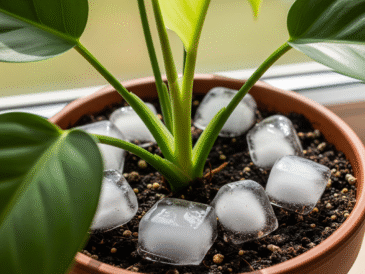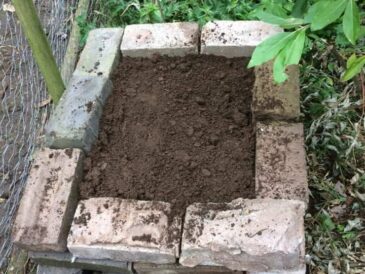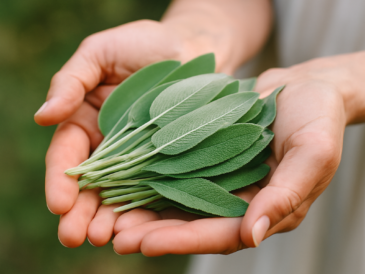Invasive jumping worms (Amynthas spp.), also known as crazy worms, Alabama jumpers, or snake worms, are an increasing problem for gardeners across North America. Unlike common earthworms, these aggressive invaders degrade soil quality, outcompete native species, and damage plant roots. Their rapid reproduction and destructive feeding habits make them a true gardener’s nightmare.
This article will cover how to identify jumping worms, the damage they cause, and the best ways to control them before they take over your garden.
What Are Jumping Worms?
Jumping worms are a group of invasive earthworms originally from Asia (particularly Japan and Korea). They were unintentionally introduced to North America through contaminated soil, compost, and potted plants.
Unlike common earthworms, jumping worms exhibit rapid, snake-like movements and can jump or thrash violently when disturbed. This behavior is where they get their name.
How to Identify Jumping Worms
🔍 Size: 3 to 8 inches long, similar to a nightcrawler.
🔍 Movement: Thrashes and jumps when touched, unlike sluggish native earthworms.
🔍 Color: Dark brown to gray with a smooth, milky-white band (clitellum) that completely encircles their body.
🔍 Texture: Dry and firm, unlike other worms that feel slimy.
🔍 Soil Impact: Leaves behind coffee ground-like castings instead of rich, well-aerated soil.
Why Are Jumping Worms a Problem?
1️⃣ They Destroy Soil Structure
Jumping worms consume organic matter at an alarming rate, breaking it down too quickly and depleting essential nutrients. Their excrement, or “castings,” resembles dry coffee grounds, which can’t retain moisture or nutrients effectively. This leads to:
- Poor soil health
- Reduced water retention
- Increased erosion
2️⃣ They Outcompete Native Earthworms
Native earthworms are beneficial because they:
✅ Aerate the soil
✅ Improve organic matter decomposition
✅ Enhance plant root growth
Jumping worms, on the other hand, outcompete native species by reproducing faster and consuming resources more aggressively.
3️⃣ They Harm Plants and Gardens
Jumping worms strip the soil of nutrients, making it difficult for plants to establish strong roots. This leads to:
- Stunted plant growth
- Weak, nutrient-deficient soil
- Higher vulnerability to drought and disease
4️⃣ They Spread Rapidly
Unlike other earthworms, jumping worms don’t need a mate to reproduce. Each worm lays dozens of tiny cocoons in the soil, which survive winter and hatch in the spring. A single introduction can lead to a massive infestation in just one season.
How to Control Jumping Worms
Since these worms spread quickly, early detection and immediate action are crucial.
Step 1: Prevent Their Spread
TO CONTINUE READING THE ARTICLE LEASE SEE PAGE 2




